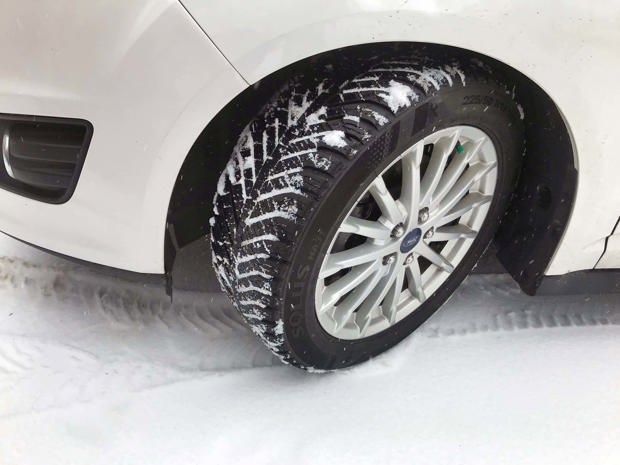A survey conducted by tire retailer Kal Tire indicates that the majority of Canadians don't recognize the winter performance benefits of tires designed for snow and ice conditions.
The survey's highlights include the fact that two-thirds of drivers don't know how to tell whether a tire is rated for winter driving, and only 32 percent recognize the mountain/snowflake symbol as the indicator of a tire designed specifically for winter conditions.
That designation is given to tires whose rubber compound and tread pattern are conducive to optimized performance in cold weather and ice and snow conditions in which the conventional rubber formulation in an all-season or summer tire tends to become inflexible, compromising grip even on clear roads.
According to Kal Tire, just 26 percent of Ontario drivers are familiar with that symbol, and that falls to 22 percent in the Greater Toronto Area (GTA).
Across Canada, only 34 percent of motorists think there's a difference between all-season and all-weather tires, and that falls to 27 percent in Ontario.
However, that seems out of line with a 2016 Tire and Rubber Association of Canada (TRAC) report which showed that, on average, 68 percent of drivers across Canada use winter tires.
Quebec is the only Canadian province that mandates the use of winter tires. British Columbia makes it illegal to use summer-only tires on certain roads during the winter months, but only requires only the use of all-season or all-weather tires, as opposed to winter tires.

